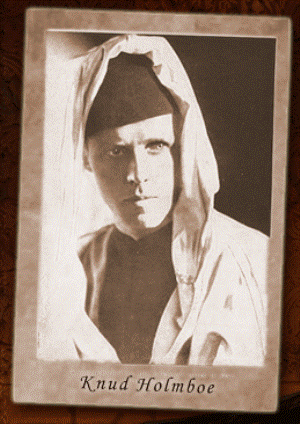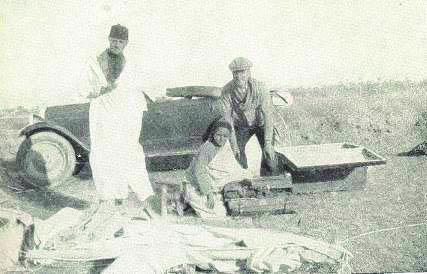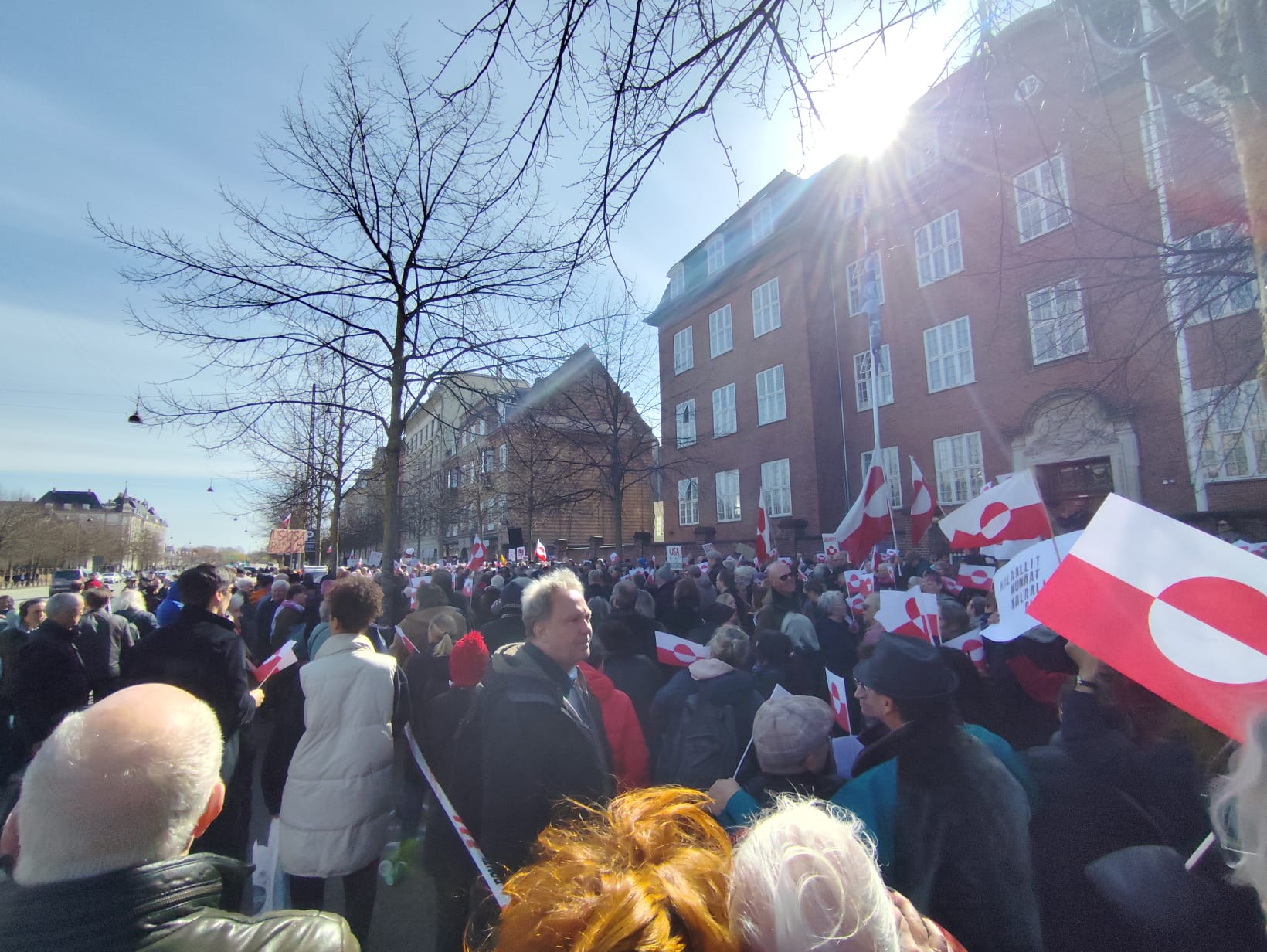I put on my Moroccan burnous (the Arab cloak) and in a few moments I was unrecognisable. The colour of my skin and my blue eyes were of no import, as the people of northern Morocco are often tall and fair. The little porter was busy. As I wanted to leave as soon as possible, I went up to the counter and asked for my bill. He looked at me a moment, surprised, before he recognised me. “But, señor, why are you wearing Arab dress?” “Because I am going to travel through the country.”
This was the start of Knud Holmboe’s trip across the deserts of north Africa in 1930. The Danish journalist published this tale in his 1931 book, ‘Ørkenen brænder’ (published in English as ‘Desert Encounter’). His account of Italian conduct in northern Africa was so controversial in Italy that it was not translated and published in Italian until 2007.
In response to the book’s widespread release and success in English in the 1930s, the Italian government launched a smear campaign questioning Holmboe’s reliability as an eyewitness. The Italian military were scandalised over his portrayal of General Rodolfo Graziani, a man known in Italy as ‘the founder of peace in Libya’ but dubbed ‘the Butcher from Fezzan’ by the Libyans.
Italian slaughter
Following the Italo-Turkish war (1911-12), the Ottoman Empire lost the provinces of Tripolitania, Fezzan, and Cyrenaica to Italy. The whole area was then known as Italian North Africa until 1927, when the territory was split into two colonies: Italian Cyrenaica and Italian Tripolitania, both run by Italian governors. Over this period some 150,000 Italians settled there, making up around 20 percent of the total population.
In the 1920s and 30s, the Italians were waging a war of subjugation against the local population in present-day Libya. Historian Ilan Pappé estimates that between 1928 and 1932 the Italian military “killed half the Bedouin population, directly or through disease and starvation in camps”. Another estimate by the Italian historian Emilio Gentile sets the number of victims at about 50,000.
Yes it is he, Ali
However, the violence had been kept secret from the world at large, and it could have evaded the media spotlight altogether if it hadn’t been for the sudden appearance in early 1930 of Arabic-speaking Holmboe. The young Dane often went by the name of ‘Ali Ahmed’ on his journey. The 28-year-old had driven in from across the desert and gained clearance from both sides as a European by birth, but also as a convert to Islam whose sympathies lay with the Bedouins. Coming in from Morocco in his 1929 Chevrolet, Holmboe became a witness to Mussolini’s brutal crackdown in eastern Libya.
Italian forces under two generals, Pietro Badoglio and Rodolfo Graziani, were leading pacification campaigns, which had quickly turned into bloody acts of repression. Resistance leaders were executed or escaped into exile. Military tribunals sentenced those caught collaborating with resistance fighters to death on a daily basis. Holmboe estimated around 30 were executed each day in the province of Cyrenaica in eastern Libya.
Holmboe drove into the mountains east of Benghazi, also the location of the recent fighting between revolutionaries and Muammar Gaddafi’s troops. Together with an American and a 12-year-old Arabic boy, he was able to convince rebels he was on their side by reciting passages from the Koran. One group of fighters he met in the mountains told him stories of their suffering around a late-night campfire. Many had seen their homes and water supplies raided. One man had lost his beloved daughter, only to find her again in a brothel in Benghazi. When she begged him to shoot her, he complied. Armed with these first-hand accounts, Holmboe had found a cause that would fill an entire book.
Mysterious demise
Fierce resistance to the Italians continued from a strongly nationalistic group of Sunni Muslims led by Omar Al Mukhtar, centred in the Jebel Akhdar Mountains of Cyrenaica. By 1930, however, Mussolini wanted results. Muktar was caught and executed, and General Graziani brought in Eritrea mercenaries to clear out the mountains of eastern Libya. The forced migration of more than 100,000 Cyrenaican people took them to Italian concentration camps.
After two decades of violent suppression Italy had predominated. In 1934, Italy adopted the name ‘Libya’ (originating from the Greek name for north Africa) as the official name of the colony (made up of the three provinces of Cyrenaica, Tripolitania and Fezzan). Later, under the terms of the 1947 peace treaty with the Allies after the Second World War, Italy relinquished all claims to Libya.
Meanwhile, continuing his work in the Middle East, Holmboe was killed under mysterious circumstances near the border of Saudi Arabia in 1931 at the age of 29. To this day, he retains hero status in Libya, but in Denmark he is still the lesser-known elder brother of composer Vagn Holmboe.
A complete English translation of Holmboe’s book ‘Desert Encounter’ can be downloaded from the website dedicated to the author at www.knudholmboe.com.
















